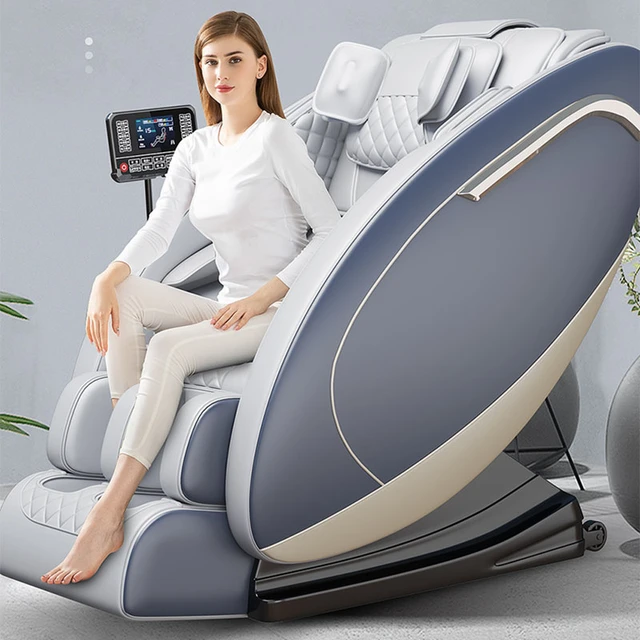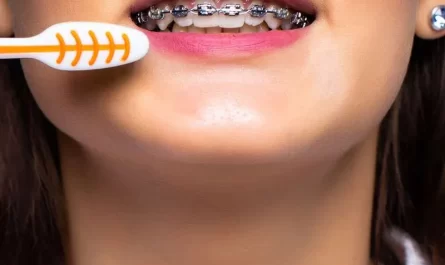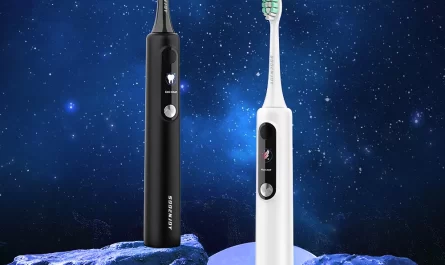Introduction
Massage therapy can provide numerous benefits for expectant mothers, including relaxation, pain relief, and stress reduction. However, certain areas of the body should be avoided or approached with caution during pregnancy to ensure the safety and well-being of both the mother and the baby. In this comprehensive guide, we will explore the areas that should not be massaged or require special attention during pregnancy. Understanding these areas will help you have a safe and enjoyable massage experience while promoting optimal health during this special time.

What areas Cannot be massaged during pregnancy?
Abdomen
1.1. Uterus and Surrounding Area
Although gentle touch and light strokes on the abdomen are generally safe during pregnancy, it is important to avoid deep or intense pressure on the uterus or the area directly above it. The uterus is a sensitive and vital organ during pregnancy, and applying pressure could potentially stimulate contractions or cause discomfort.
1.2. High-Risk Pregnancy or History of Pregnancy Complications
If you have a high-risk pregnancy or a history of pregnancy complications, it is advisable to consult your healthcare provider before receiving any abdominal massage. They can provide guidance specific to your situation and advise on any restrictions or precautions.
Lower Back
2.1. Kidneys and Lower Spine
The lower back area should be massaged with caution during pregnancy, particularly around the kidneys and the lower spine region. Applying deep pressure or using techniques that involve strong pressure on these areas could cause discomfort or potentially affect kidney function.
2.2. Sciatic Nerve
The sciatic nerve, which runs from the lower back down through the buttocks and legs, can be sensitive during pregnancy due to changes in posture and weight distribution. Massage therapists should use gentle techniques and avoid putting direct pressure on the sciatic nerve to prevent exacerbating any existing sciatic pain.
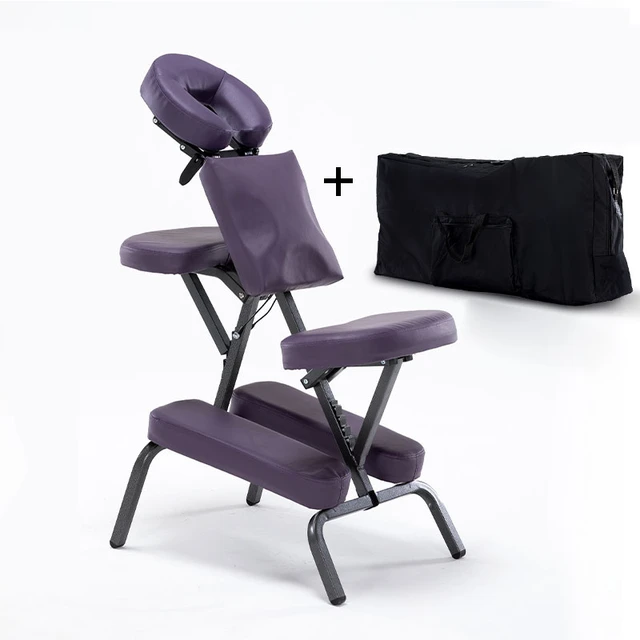
Feet and Ankles
3.1. Pressure Points
Certain pressure points on the feet and ankles are associated with stimulating uterine contractions. It is advisable to avoid strong or prolonged pressure on these points, particularly during the first trimester, as it may potentially trigger contractions or affect blood flow to the uterus.
3.2. Swelling and Edema
During pregnancy, many women experience swelling and edema in the feet and ankles. While gentle massage techniques can help reduce discomfort and promote circulation, massage therapists should avoid aggressive or deep pressure that could exacerbate swelling or cause additional discomfort.
Inner Thighs and Groin Area
4.1. Lymph Nodes
The lymph nodes located in the inner thighs and groin area can be more sensitive during pregnancy. Massage therapists should use light, gentle strokes in this region to avoid overstimulation or discomfort.
4.2. Increased Sensitivity
Pregnancy can increase sensitivity in various areas of the body, including the inner thighs and groin. It is important to communicate openly with your massage therapist about any discomfort or sensitivity you experience during the massage so that they can adjust their techniques accordingly.
Breast and Nipple Area
5.1. Hormonal Sensitivity
Pregnancy hormones can cause increased sensitivity and tenderness in the breasts and nipple area. Massage therapists should avoid direct pressure or vigorous techniques in this area to prevent any discomfort or potential effects on milk production.
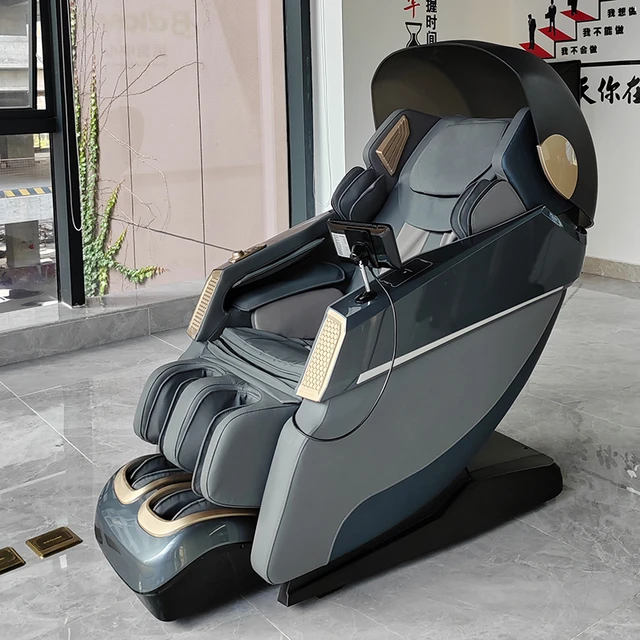
Varicose Veins
6.1. Elevated Legs
If you have varicose veins, particularly in the legs, it is advisable to keep the legs elevated during a massage session to promote better blood circulation. Direct pressure on varicose veins should be avoided to prevent potential complications or discomfort.
6.2. Light Strokes and Gentle Techniques
When massaging the legs, massage therapists should use light and gentle strokes, focusing on promoting circulation and reducing discomfort associated with varicose veins.
Precautions for High-Risk Pregnancy
7.1. High Blood Pressure or Preeclampsia
If you have high blood pressure or preeclampsia, it is crucial to consult with your healthcare provider before receiving any massage. In some cases, they may recommend avoiding massages or providing specific guidelines to ensure your safety and well-being.
7.2. Gestational Diabetes
If you have gestational diabetes, monitoring blood sugar levels before and after a massage session is essential. It is also important to communicate your condition with your massage therapist for any necessary adjustments in techniques or protocols.

Communicating with Your Massage Therapist
8.1. Open and Honest Communication
When receiving prenatal massages, it is important to communicate openly with your massage therapist about your pregnancy, any discomfort, and any areas or techniques to avoid. A skilled and knowledgeable massage therapist will take your concerns and needs into account to provide a safe and effective massage experience.
8.2. Seek a Qualified Prenatal Massage Therapist
Choosing a massage therapist with expertise and experience in prenatal massage is crucial for ensuring a safe and beneficial massage. Look for therapists who have received specific training in prenatal massage techniques and are knowledgeable about the unique considerations and precautions during pregnancy.
Benefits of Prenatal Massage
10.1. Relaxation and Stress Reduction
Prenatal massage can help promote relaxation and reduce stress and anxiety during pregnancy. The soothing touch and gentle techniques used during the massage session can enhance mood and increase feelings of well-being.
10.2. Pain Relief
Massage therapy can provide relief from common pregnancy discomforts such as backaches, neck tension, headaches, and muscle soreness. Skilled therapists can use specific techniques to target and alleviate these discomforts, promoting a more comfortable pregnancy experience.
10.3. Improved Circulation
Pregnancy often leads to reduced circulation due to increased pressure on blood vessels. Prenatal massage can help improve blood and lymph circulation, reducing swelling and edema commonly experienced during pregnancy.
10.4. Hormonal Regulation
Massage therapy can help balance hormones during pregnancy by promoting the release of endorphins, serotonin, and dopamine—natural mood enhancers. This hormonal balance can contribute to better emotional well-being and improved sleep quality.
10.5. Connection and Bonding
Prenatal massage sessions can foster an intimate and nurturing environment for expectant mothers. It provides an opportunity to connect with your changing body, facilitate body awareness, and strengthen the bond between the mother and the growing baby.
Seeking Experienced Prenatal Massage Therapists
11.1. Prenatal Massage Training
When choosing a prenatal massage therapist, ensure they have undergone specialized training in pregnancy massage techniques. This training ensures they are knowledgeable about the contraindications, precautions, and proper positioning necessary for a safe and effective prenatal massage.
11.2. Certification and Credentials
Look for massage therapists who hold appropriate certifications or credentials related to prenatal massage. These credentials indicate their dedication to continuing education and staying up to date with the latest research and techniques in prenatal care.
11.3. Client Testimonials and Reviews
Check for client testimonials or online reviews to get a sense of the therapist’s expertise and the experiences of past pregnant clients. Positive feedback and recommendations can provide assurance in selecting a qualified prenatal massage therapist.

Conclusion
Massage therapy during pregnancy offers numerous benefits, but it’s important to be aware of the areas that require caution or avoidance. Understanding which areas to avoid or approach with care will ensure a safe and effective massage experience. Be proactive in communicating with your massage therapist about your pregnancy and any specific concerns. By following these guidelines and seeking the assistance of a qualified prenatal massage therapist, you can enjoy the many benefits of massage while maintaining optimal health and well-being during this special time.

